Olympus XA2
I was looking for a compact pocket camera that's better than AGAT 18K. Well many compact cameras are better than AGAT 18K, but few of them as compact. The Olympus XA series compares nicely with AGAT 18K in terms of ease of use and portability. Optically, the XA are far more superior to AGAT 18K, making them a good replacement as pocket camera.
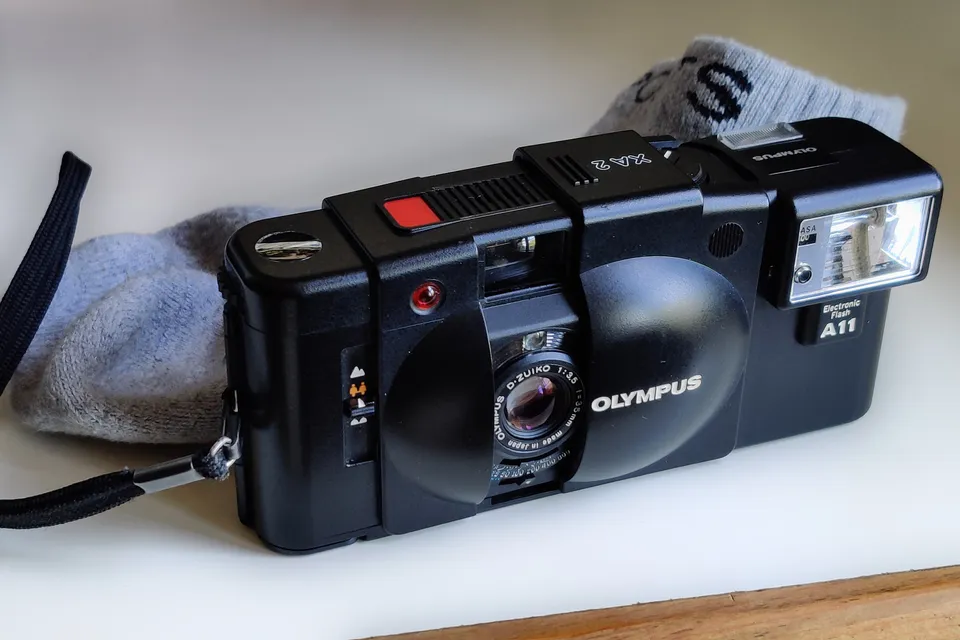
There was a lot of hype around the Olympus XA series, a predecessor of the "party cam" Olympus Mju series, thanks to Ken Rockwell (again).
Turns out the XA series has 5 variants. The XA sporting a built-in rangefinder and XA1-4 with slight variations between each model.
Except XA1, XA1 is a scam. The selenium battery will die off earlier than CdS sensor on other models and being a fixed focus camera it doesn't worth the asking price of HK$1,000+ even for old new stock still in original box. I pitty that shop in Mong Kok that got a whole lot of them and whoever they eventually scammed into buying those.
Optically XA seemed to be the best optically with maximum aperture of f/2.8, whereas XA2 only opens up to f/3.5. The front element moves continuously on XA for some coupled rangefinder actions, and XA2 has 3 predefined focusing positions for close portrait, portrait, and landscape.
Between the two I liked the fact that XA2 has easier focusing and not too worse lens. If I need to shoot in low light I would have used the Olympus A11 flash specifically designed for the XA series anyway.
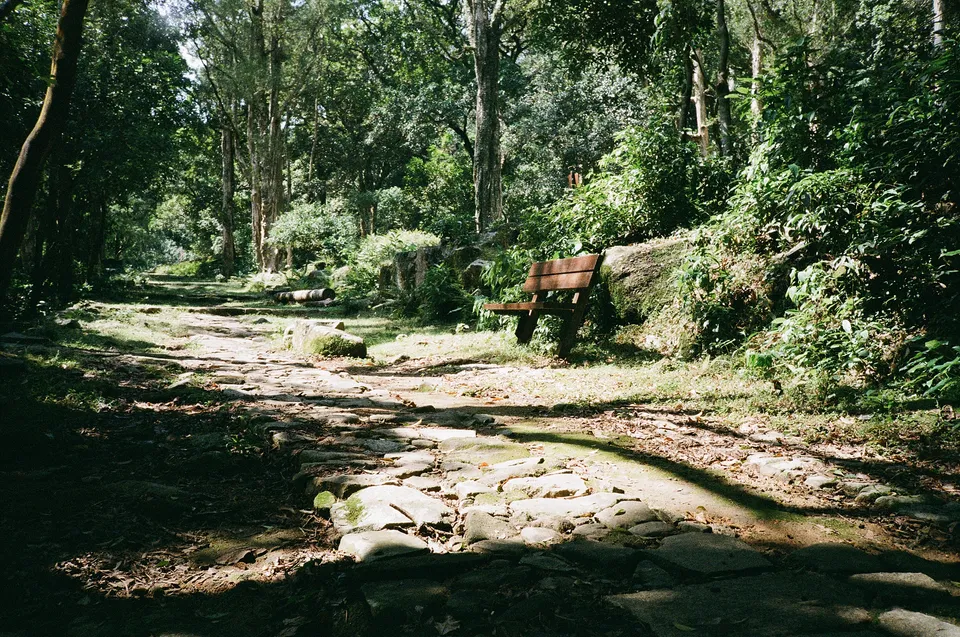
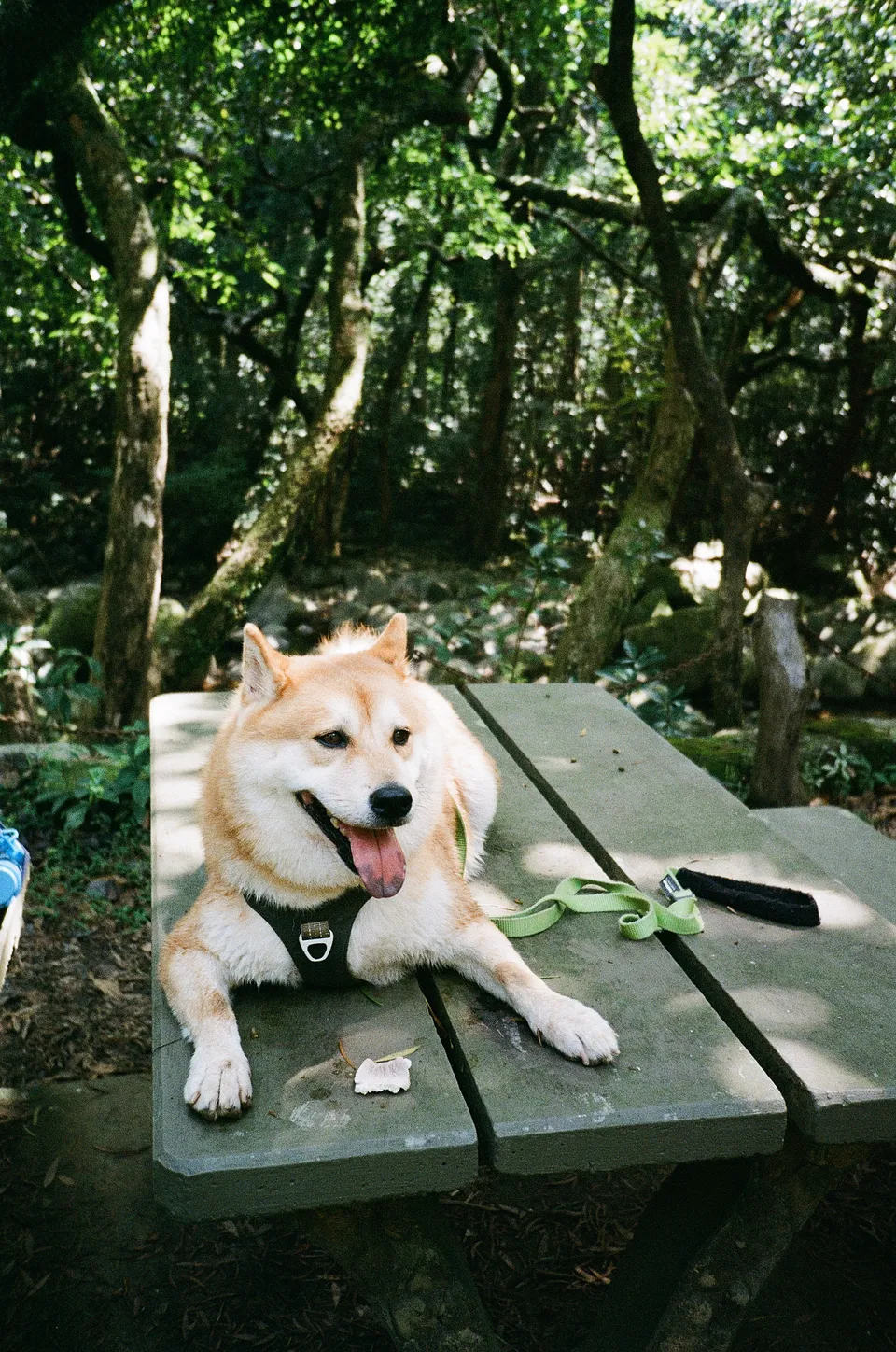
Through some impulsive shopping after a tiring work day, I ordered an Olympus XA2.
The clamshell design appeared first on XA before being carried forward into the later Mju series. The A11 flash is optional, so that on a day trip the flash can be left at home for a more compact design.
Shooting the camera is simple. Opening the clamshell turns on the camera. Green light in viewfinder means it's too dark out there. On Mju I need to wait for the lens to extends to ready position before shooting, whereas on XA2, it's ready once opened. Film advancement is via a thumb wheel like the disposables.
There are 3 focusing positions as mentioned before. I found that going by the gut feeling works almost all the time.
Press the red button on to take a shot. That button, maybe it's just my copy, acts rather unreliably. Sometimes pressing down takes a shot, sometimes pressing down then slightly releasing takes a shot. I couldn't be sure and always fear camera shake as a result. The red button on Agfa Optima 1535 feels better and is more reliable.
The camera supports films with ISO all the way up to 800, but I found that film with ISO 100 or 200 work best. I don't get why with Kodak UltraMax 400 the camera is vignetting a lot more than when I use Fujicolor C200. Usually vignetting happens in wide aperture (i.e. when using slow film) but UltraMax is a faster film than C200.
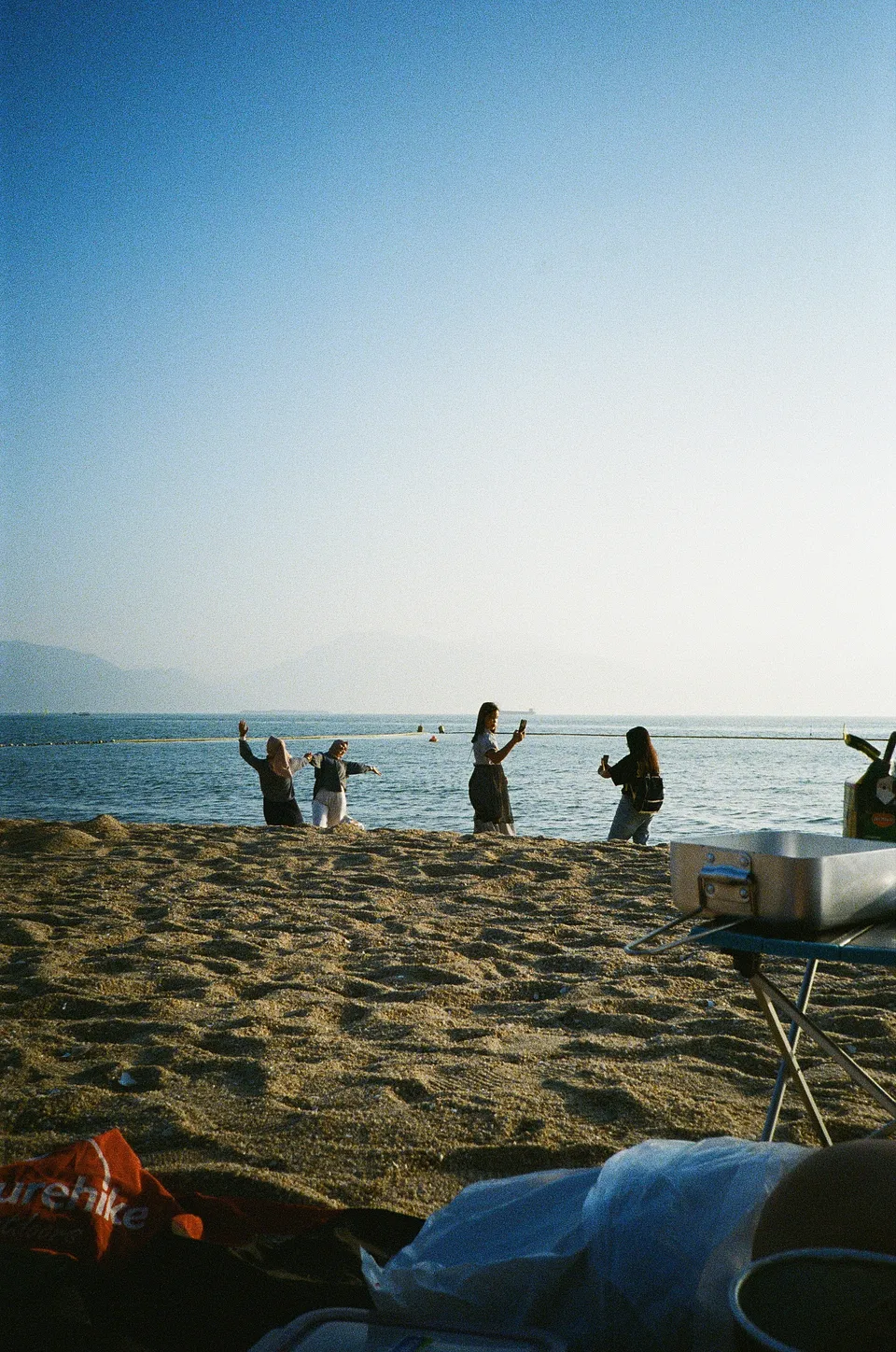
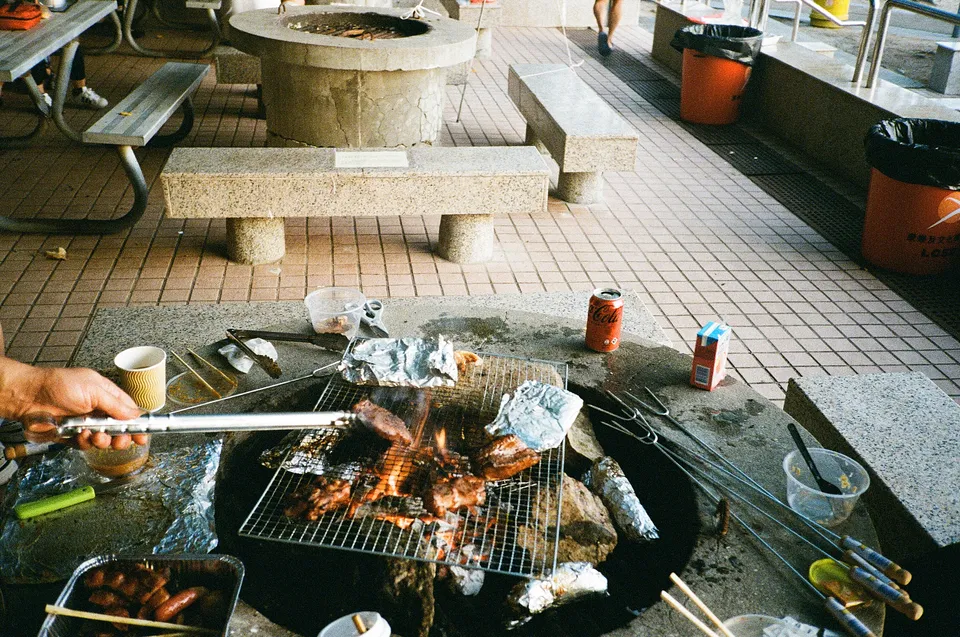
Many cameras that I used, even with deteriorated foam, don't have any light leaks. On Olympus XA2 light leaks spectacularly, ruining some shots and also sometimes give some pleasant results. I tried to put in 1.5mm high density foam, too thick, maybe try 1mm next time.
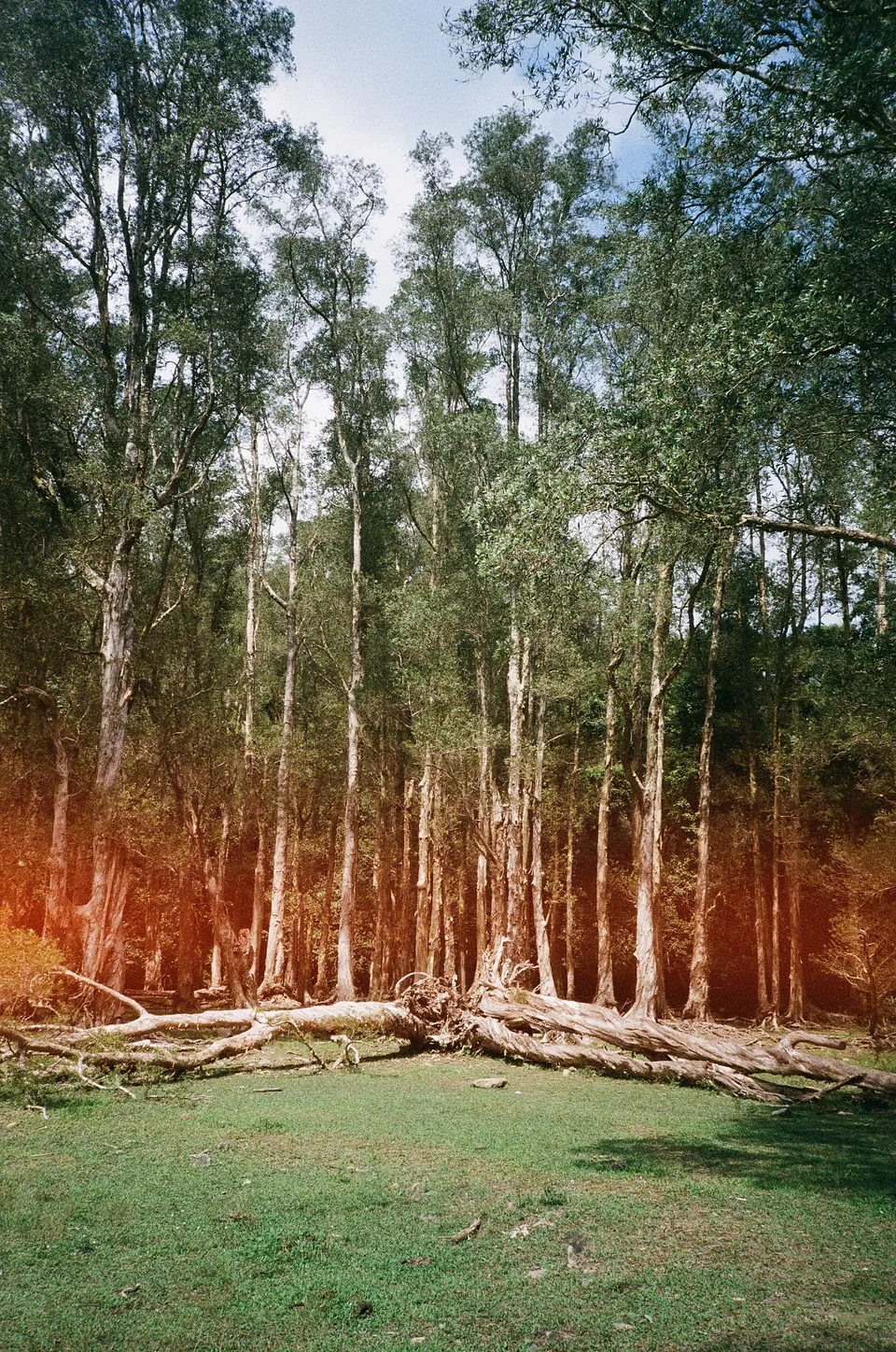
Otherwise, there's really little to complain about the camera. I bring it to various outings as backup cameras for when my primary camera runs out of battery, storage space, or film.
